-
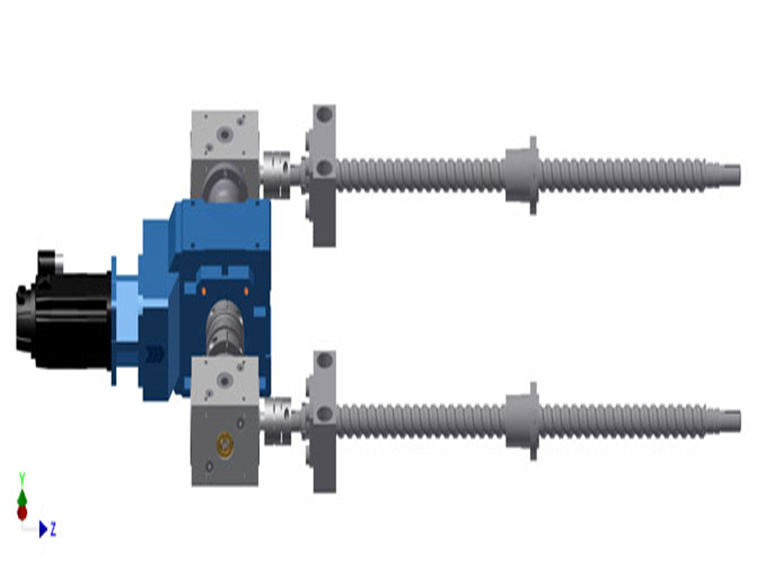
What are Some Linear Motion Options for Moving Multiple Loads Independently?
From a mechanical standpoint, one of the more challenging applications in linear motion has traditionally been to move two or more loads independently, as is required in some handling, transport, and inspection applications. While using multiple linear systems, or preassembled actuators, is a si...Read more -
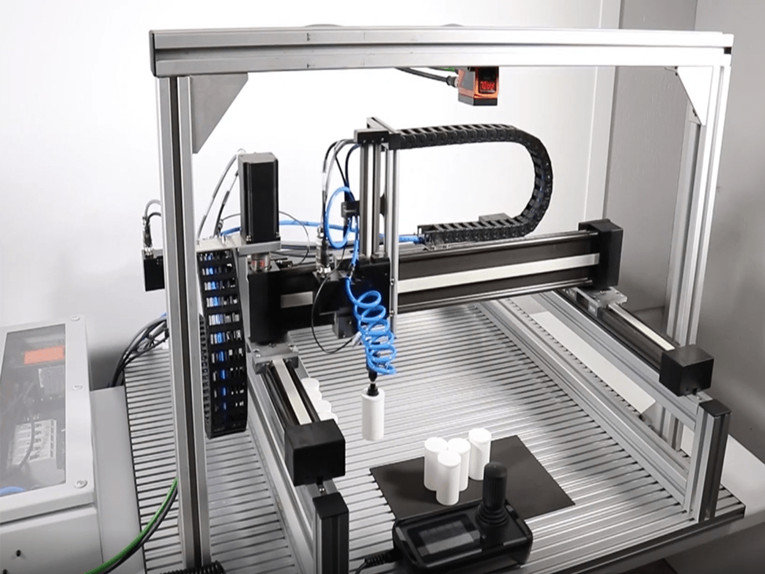
Part 2 – What is racking in gantry systems, and how can it be avoided?
In Part 1 of this post, we looked at various methods of driving the X axes in gantry systems and how the drive method can influence the gantry’s tendency to experience racking. Another factor that can cause racking in gantry systems is lack of mounting accuracy and parallelism between the two X ...Read more -
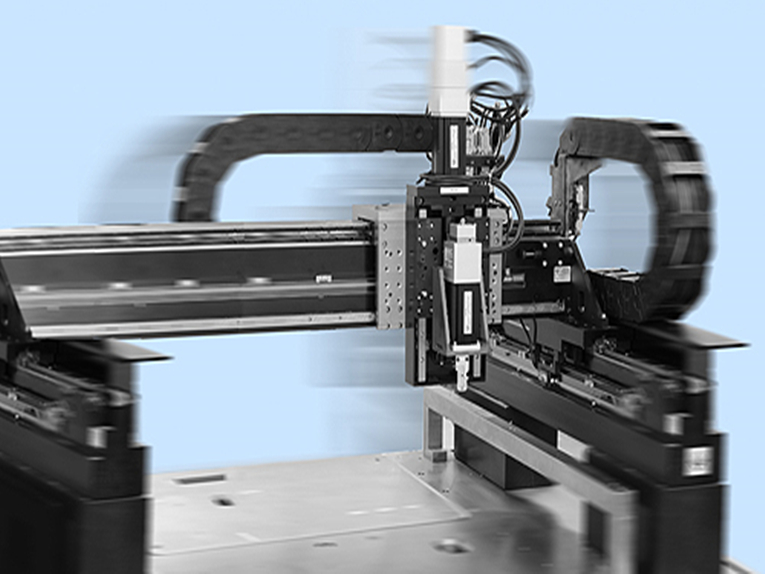
Part 1 – What is Racking in Gantry Systems, and How Can it be Avoided?
Gantries differ from other types of multi-axis systems (such as Cartesian robots and XY tables) by using two base (X) axes in parallel, with a perpendicular (Y) axis connecting them. While this dual X-axis arrangement provides a wide, stable footprint and allows gantry systems to deliver high lo...Read more -
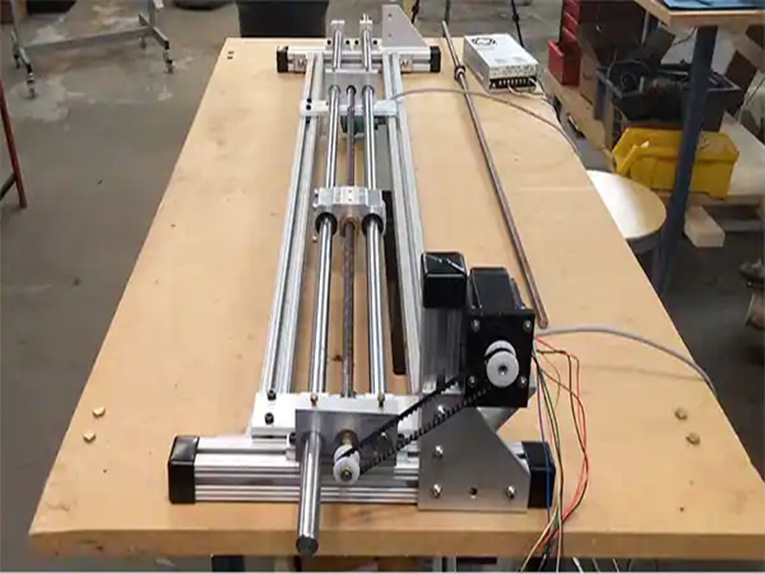
What Makes a Linear Stage Different from Other Types of Linear Motion Systems?
Linear motion systems — consisting of a base or housing, a guide system, and a driving mechanism — are available in a wide variety of designs and configurations to suit almost any application. And because their designs are so varied, they’re often categorized according to key construction and op...Read more -

Strengths & Limitations: Belt Drive vs. Ball Screw Actuators
The challenge for mechanical automation systems in the past has been the successful conversion of rotational motion from electric or mechanical motors into useful forms of linear motion. A breakthrough in this regard, the conveyor belt system represented one of the first useful implementations ...Read more -
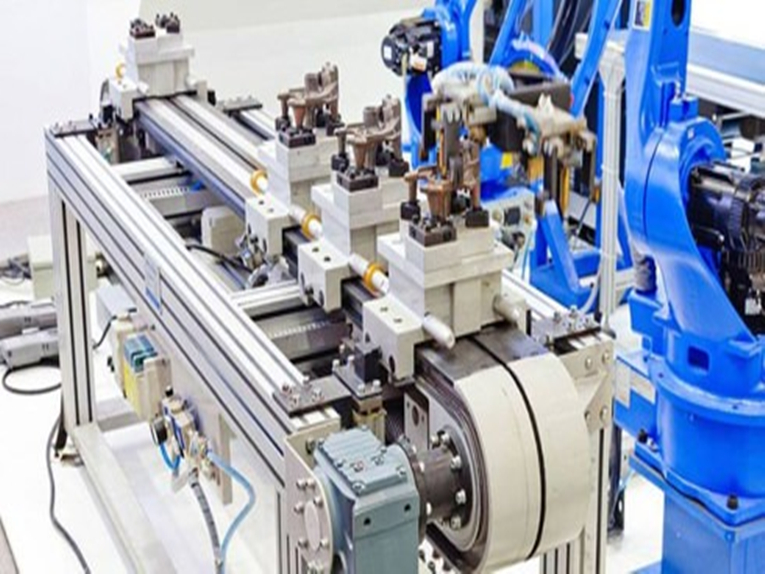
Linear Drive Systems: Precision Parts Production in Aerospace to Machine Tooling
Differences abound between traditional rack and pinion twin drives, split-pinion-based designs, and roller-pinion systems. From aerospace to machine tooling, glass cutting, medical and more, manufacturing processes depend on reliable motion control. Delivering the speed and precision required by...Read more -
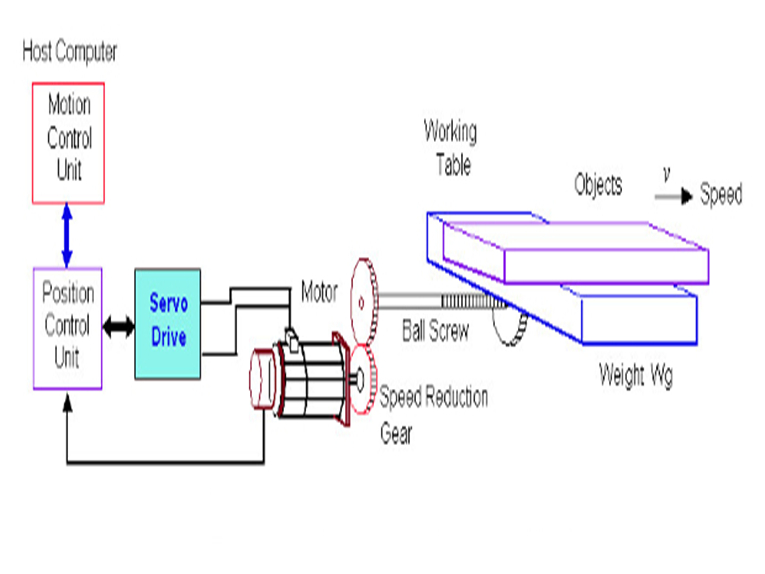
The World of Actuation is Turning Electromechanical
When it comes to linear actuators, electromechanical devices are becoming the option of choice over their pneumatic cousins due to their speed, precision, and size. Over recent years, demands have grown louder from factory and company managers to use more electric rod-style actuators and fewer p...Read more -

How to Select the Right Linear Actuator
Selecting the right linear actuator for your application involves accounting for the necessary speed, load, stroke length, and more. Building a successful linear motion system starts with choosing the appropriate actuator. Between the different sizes, technologies, and qualities, hundreds of opt...Read more -

Synchronizing Packaging Motion with Servos
Customers demand reduced maintenance and equipment size, and faster throughput and machine setup. To meet these requirements, equipment manufacturers are choosing servo-controlled motion over mechanical components. Motion control defines the capabilities and limitations of a machine. Therefore, ...Read more -
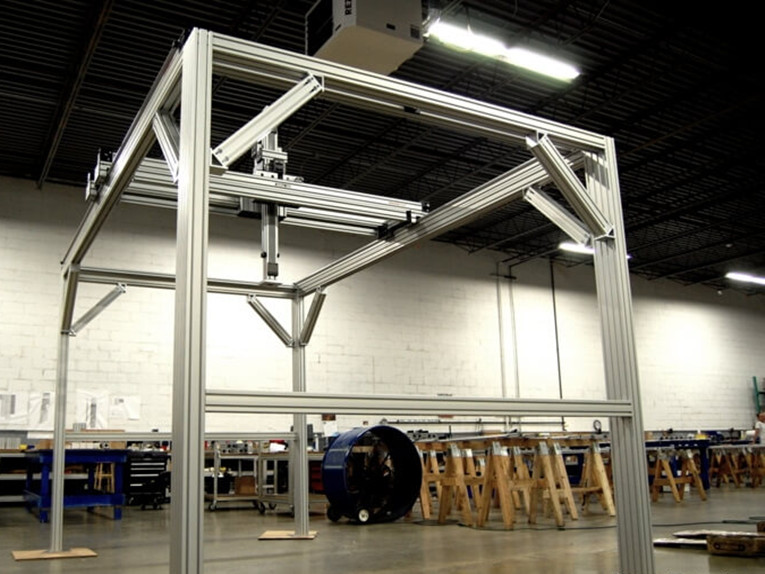
Motion Scenarios: Pick-and-place applications
Designing comprehensive automation for high-speed pick-and-place applications is among the most challenging tasks faced by motion engineers. As robotic systems become more complex and production rates climb ever higher, system designers must keep up with the latest technologies or risk specifyin...Read more -

Miniature Dust-proof Enclosed Linear Module – FUYU New Product Release
The wide application of linear modules has brought a comprehensive innovation to industrial automation. In 2019, we took the lead in launching a miniature screw module with a body width of 30mm, named FSK30, based on the characteristics of small structure, precise positioning, and strong practic...Read more -
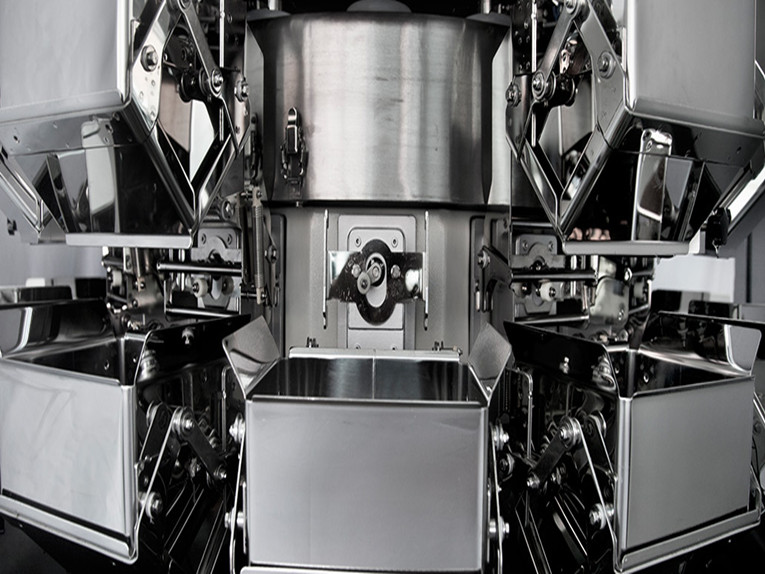
Application Engineering Example of Linear Motion System
Engineers walked three distinct applications, each from a different market. They arrived at three very different end results due to the variations in environment and application details. Application 1 – Packaging: A linear unit is needed to vertically position an automatic shrink-wrapping machin...Read more







